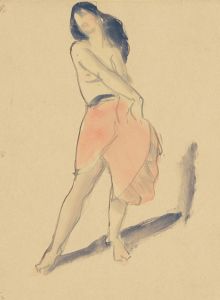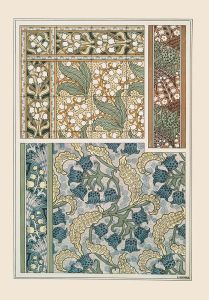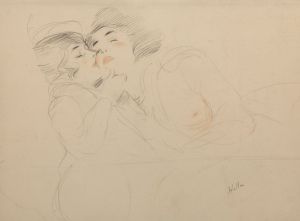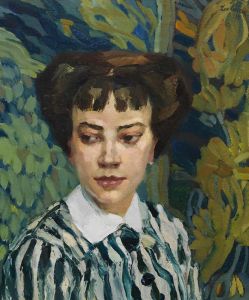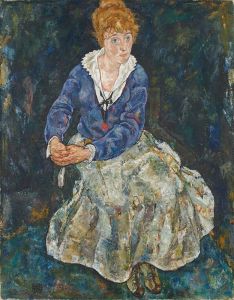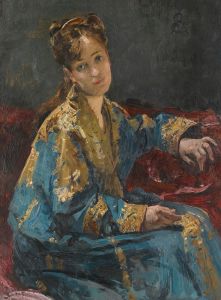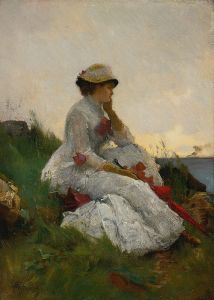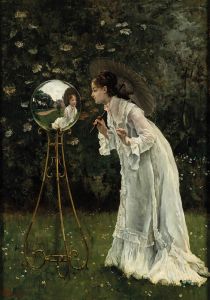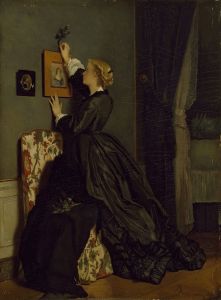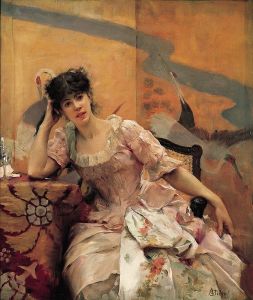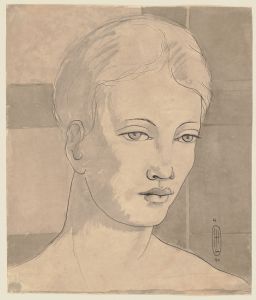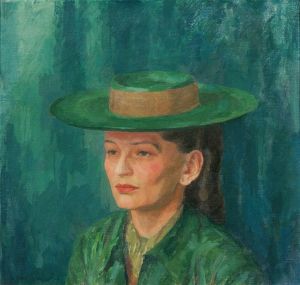
Elegant Figures in a Salon
A hand-painted replica of Alfred Stevens’s masterpiece Elegant Figures in a Salon, meticulously crafted by professional artists to capture the true essence of the original. Each piece is created with museum-quality canvas and rare mineral pigments, carefully painted by experienced artists with delicate brushstrokes and rich, layered colors to perfectly recreate the texture of the original artwork. Unlike machine-printed reproductions, this hand-painted version brings the painting to life, infused with the artist’s emotions and skill in every stroke. Whether for personal collection or home decoration, it instantly elevates the artistic atmosphere of any space.
"Elegant Figures in a Salon" is a painting by the Belgian artist Alfred Stevens, who was known for his detailed and elegant depictions of contemporary women in luxurious settings. Alfred Stevens was born in Brussels in 1823 and became one of the most celebrated painters of his time, particularly noted for his ability to capture the fashion and social mores of the 19th century.
The painting "Elegant Figures in a Salon" exemplifies Stevens' skill in portraying the refined and opulent lifestyle of the upper class during the Belle Époque period. This work, like many of Stevens' paintings, focuses on the themes of elegance, beauty, and the leisurely pursuits of women in high society. The salon, a common subject in his works, serves as a backdrop that highlights the sophistication and grace of the figures depicted.
In "Elegant Figures in a Salon," Stevens employs a meticulous attention to detail, particularly in the rendering of fabrics, textures, and the interplay of light and shadow. The women in the painting are dressed in fashionable attire of the time, with elaborate gowns and accessories that reflect the latest trends in Parisian fashion. The setting is equally luxurious, with richly decorated interiors that include ornate furniture, lavish draperies, and other elements that convey a sense of wealth and refinement.
Stevens' use of color and composition in this painting is notable. He often used a palette that included soft, muted tones, which added to the overall sense of elegance and harmony in his works. The composition is carefully balanced, with the figures arranged in a way that guides the viewer's eye through the scene, creating a sense of intimacy and interaction among the subjects.
The painting also reflects the influence of contemporary French artists, as Stevens spent a significant portion of his career in Paris and was closely associated with the French art scene. He was friends with many prominent artists of the time, including Édouard Manet and James McNeill Whistler, and his work was well-received in both French and Belgian art circles.
Alfred Stevens' ability to capture the essence of his subjects and their environment made him a favorite among collectors and art patrons. His paintings were exhibited in major art salons and exhibitions, and he received numerous accolades for his contributions to the art world. "Elegant Figures in a Salon" is a testament to his mastery of genre painting and his keen observation of the social dynamics of his era.
Today, Alfred Stevens' works, including "Elegant Figures in a Salon," are held in various public and private collections around the world. They continue to be admired for their technical excellence and their insightful portrayal of 19th-century society.





